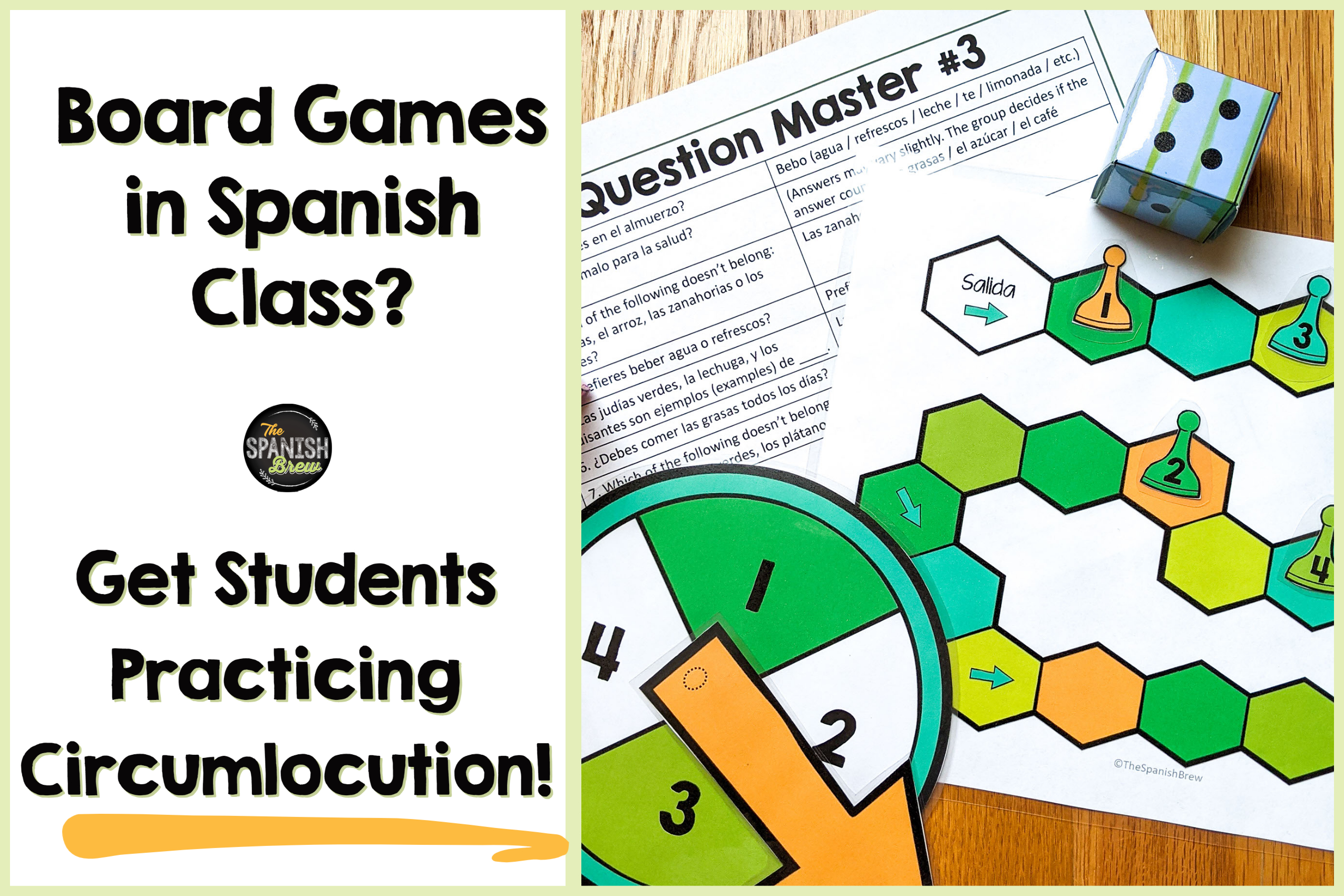Movie Talk is a fantastic strategy for giving your students comprehensible input. (In a previous post I outlined how I present it). Maybe you have already used Movie Talk or perhaps you’re thinking about trying it. Curious about how to maximize your efforts? Keep reading to find out the ten secrets to getting the most out of Movie Talk.
As teachers we are always trying to get the most out of our activities, giving more input, and reducing our workload. Here are 10 secrets to extending a Movie Talk activity to get the most out of a single video. One five minute video can stretch out to several class periods with the benefit of additional repetition of key structures and vocabulary.

Ten quick ways to extend Movie Talk activities
1. Preview the video with screenshots of the video and do a Picture Talk. (Click here for step by step instructions).
2. Select a screenshot of multiple characters and have students imagine the dialogue between characters. Students can either write out the dialogue in a comic strip style or you can have students go in front of the class and act out the scene. This is a great way to differentiate between introverted and extroverted classes. To extend this idea even further, have students act in front of the class and then the class will draw and caption what they saw and heard.

3. Create a background story to the video. Have students play several characters to set the scene before the video begins. The teacher can guide the main plot so that it flows into the movie, but allow the class to determine the little details. If you use the students real names to represent the characters you can keep referring to them while you watch the video. This increases students’ interest because it becomes more personal.
4. Include additional characters in the background story that don’t appear in the video. This will give more depth to the story and also include more student actors.
5. Ask PQA’s (Personalized questions and answers) while watching the video. Pause the video, discuss what is on screen, then ask the class questions. For example, if the video includes a dog, you can pause and ask who has a dog. How old is the dog? What is his name? What color is he?

6. Take five sentences that summarize the movie and do a dictée with the class. Read the sentences out loud (slowly) and students write down what they hear. Then project the sentences on the projector. Students should copy down the correct sentence and circle any differences.
7. Students draw the five sentences from dictée. Give them a blank comic strip and have them draw to demonstrate their understanding.

8. Students make predictions for what will happen to the characters in the future. Students can write their predictions, discuss as a class, or take a vote on the most creative ending.
9. Create true/false questions for students to answer after viewing the video. This is a simple check for understanding and allows for additional input if your questions are in the target language.
10. Summarize the video. The teacher creates 8-10 sentences that summarize the video. Print them or simply project them on the overhead. Make some sentences more detailed than others. Students need to pick the three sentences that best summarize the video.
I hope this post sparked some new ideas of what you can do with Movie Talk to maximize it’s potential. This is one of my favorite activities and I hope you and your students enjoy it as much as I do!
If you are looking for more ideas/activities for your Spanish class, check out my TpT store.




No Comments